Beef Pancreas Powder
Beef Pancreas Powder is a powdered substance extracted from the pancreas of cattle and processed through a series of processes. The production process is typically complex. First, the pancreas must be obtained from healthy cattle, typically from reputable slaughterhouses under strict hygiene and quarantine standards to ensure the safety and quality of the raw materials. Next, the fresh bovine pancreas undergoes pretreatment to remove impurities such as surface fat and connective tissue, and undergoes cleaning to ensure the purity of the raw material. Subsequently, appropriate extraction techniques, such as enzyme extraction and physical separation, are used to extract the active ingredients from the pancreas. Finally, concentration and drying processes are performed to produce a powdered product that is easy to store and use.
Beef Pancreas Powder typically appears as a fine, off-white to pale yellow powder with a uniform texture and no noticeable lumps. Upon close inspection, it has a slight, fishy odor characteristic of animal pancreas, but this odor is not overpowering or pungent, and should not contain any other unpleasant odors. Unusual odors, such as mold or rancidity, may indicate a quality issue. Beef Pancreas Powder exhibits excellent solubility and is easily soluble in water, quickly mixing to form a homogeneous solution. However, the solution may contain trace amounts of white precipitates, which is normal and can be dispersed with gentle stirring. Furthermore, Beef Pancreas Powder exhibits stability in acid, alkaline, and high-temperature conditions, withstanding heat tests at 100°C for 30 minutes or 121°C for 20 minutes. This allows it to maintain its properties even in products requiring specialized processing conditions.
A Rich Treasure Trove of Ingredients
Beef Pancreas Powder is a rich treasure trove of ingredients, containing numerous substances essential to human health.
Digestive enzymes are a key component of Beef Pancreas Powder. Among them, pancreatic amylase breaks down starch in food into smaller sugars like maltose and glucose, enabling the body to better absorb the energy from carbohydrates. For those with weak digestive function who cannot effectively break down starchy foods, supplementing with the pancreatic amylase in Beef Pancreas Powder can improve starch digestion and absorption, preventing symptoms such as bloating and abdominal pain caused by indigestion. Pancreatic lipase plays a central role in fat digestion, breaking down fat into fatty acids and glycerol. These smaller molecules are more easily absorbed by the intestines, providing energy or participating in fat resynthesis. Under normal physiological conditions, when we consume foods rich in fat, pancreatic lipase works efficiently, ensuring that fat is fully digested and absorbed. However, when pancreatic function deteriorates and pancreatic lipase secretion is insufficient, fat digestion may be impaired, leading to symptoms such as steatorrhea. The pancreatic lipase in Beef Pancreas Powder can be used as a supplement to help restore normal fat digestion. The primary function of trypsin is to break down proteins into amino acids and small peptides, which are essential building blocks for human cells and tissues. Adequate protein digestion and absorption is crucial for children and adolescents in their growth and development stages, as well as for adults who need to repair tissues and strengthen their immune system. Trypsin plays an indispensable role in this process.
In addition to digestive enzymes, Beef Pancreas Powder is also rich in various minerals. Zinc plays a vital role in the body’s immune system, growth and development, and the reproductive system. It participates in the synthesis and activation of various enzymes, influencing cellular metabolism. For example, zinc can enhance the activity of immune cells, helping the body defend against invading pathogens. For those with weakened immune systems, such as the elderly, children, and those with chronic illnesses, appropriate zinc supplementation can help boost immunity and prevent disease. Iron is a crucial component of hemoglobin, which transports oxygen from the lungs to various tissues and organs in the blood. Iron deficiency can lead to insufficient hemoglobin synthesis, causing iron-deficiency anemia, with symptoms such as dizziness, fatigue, and pale complexion. The iron in Beef Pancreas Powder can provide a supplemental source of iron, helping to prevent and improve iron-deficiency anemia.
Vitamins are also key components of Beef Pancreas Powder. Vitamin A is important for maintaining normal vision, skin health, and immune system function. Regarding vision, vitamin A is involved in the synthesis of rhodopsin in the retina, a light-sensitive substance that helps us see clearly under varying lighting conditions. Vitamin A deficiency can cause night blindness, impaired vision in the dark. Regarding skin health, vitamin A promotes normal differentiation and metabolism of skin cells, maintaining smoothness and elasticity, and preventing dryness and roughness. The B vitamin complex includes various vitamins, such as vitamin B1, vitamin B2, vitamin B6, and vitamin B12, each of which plays a unique role in energy metabolism, nervous system function, and red blood cell production. Vitamin B1 participates in carbohydrate metabolism, providing energy for the body; vitamin B2 plays a key role in cellular respiration and energy production; vitamin B6 participates in amino acid metabolism and neurotransmitter synthesis; and vitamin B12 is essential for red blood cell production and normal nervous system function.
Beef Pancreas Powder also contains several bioactive peptides. These peptides have various physiological functions, such as regulating immune function, providing antioxidant protection, and lowering blood pressure. Some bioactive peptides can activate immune cells, enhance the body’s immune response, and help the body better resist disease. As an antioxidant, bioactive peptides can scavenge free radicals in the body, reducing damage to cells and tissues, and slowing the aging process. There are also some bioactive peptides that can lower blood pressure by regulating the activity of angiotensin-converting enzyme, and have a certain auxiliary therapeutic effect on patients with hypertension.
Multiple Benefits Explained
Assists Digestion
Beef Pancreas Powder plays a key role in digestion, primarily due to its rich content of digestive enzymes. When we consume food, its nutrients need to be broken down into smaller molecules before they can be absorbed and utilized by the body. The pancreatic amylase in Beef Pancreas Powder acts like a diligent “carbohydrate decomposer,” gradually breaking down large carbohydrate molecules like starch into smaller sugars like maltose and glucose. For example, staple foods like rice and steamed bread in our daily diet are rich in starch. Once these foods enter the body, pancreatic amylase quickly goes to work, breaking down the starch, allowing us to smoothly extract energy from carbohydrates and power various physiological processes. For those with weakened digestive function, such as those in the elderly with weakened digestive organs or those whose digestive function is impaired due to illness, their own pancreatic amylase production may be insufficient, making it unable to effectively break down starchy foods. In this case, supplementing with pancreatic amylase from Beef Pancreas Powder can improve starch digestion and absorption, alleviating symptoms such as bloating, abdominal pain, and belching caused by indigestion, allowing these individuals to better enjoy their meals and obtain adequate nutrition.
Pancreatic lipase plays an essential role in fat digestion. Fat is an important energy source for the human body, but it needs to be broken down before it can be absorbed. Under normal circumstances, when we consume fatty foods such as meat and fried foods, pancreatic lipase breaks down fat into fatty acids and glycerol. These small molecules can be absorbed by intestinal epithelial cells, providing energy for the body or participating in fat resynthesis. However, when pancreatic function is impaired, such as in patients with pancreatitis, insufficient pancreatic lipase secretion can lead to impaired fat digestion and symptoms such as steatorrhea, where undigested fat is present in the stool, resulting in greasy and foul-smelling stool. The pancreatic lipase from Beef Pancreas Powder can serve as an effective supplement to help restore normal fat digestion, reduce the occurrence of steatorrhea, and enable patients to better digest and absorb fatty foods, maintaining normal metabolism. Trypsin specifically breaks down protein. Protein is a crucial building block for human cells and tissues, and is crucial for the growth and development of children and adolescents, as well as the repair and renewal of adult tissues. The trypsin in Beef Pancreas Powder breaks down protein into amino acids and small peptides, making them more easily absorbed and utilized by the body. Children and adolescents have a high protein demand during their growth and development stages, and adequate protein digestion and absorption contribute to their physical and intellectual development. For athletes, fitness enthusiasts, and those who need to build muscle strength and repair muscle tissue, trypsin can also help them better digest and absorb protein, promoting muscle growth and recovery.
Blood Sugar Regulator
Beef Pancreas Powder also has potential value in blood sugar regulation. The pancreas, a vital endocrine organ in the human body, secretes insulin, a key hormone that regulates blood sugar. Although the insulin content in Beef Pancreas Powder is relatively low and is broken down by gastric acid and digestive enzymes when taken orally, its effectiveness as a direct insulin supplement is limited. However, recent studies have shown that certain components in Beef Pancreas Powder may have a certain auxiliary effect on blood sugar regulation. Some studies have speculated that the bioactive peptides in Beef Pancreas Powder may regulate blood sugar by promoting insulin secretion. Pancreatic beta cells are the primary insulin-secreting cells, and these bioactive peptides may act on them, stimulating them to secrete more insulin, thereby helping to lower blood sugar levels. Other studies have found that certain components in Beef Pancreas Powder may improve insulin sensitivity. Insulin sensitivity refers to the degree to which body cells respond to insulin. When insulin sensitivity decreases, the cellular response to insulin weakens. Even with normal insulin levels, elevated blood sugar levels can occur, a common finding in patients with type 2 diabetes. The components in Beef Pancreas Powder may modulate intracellular signaling pathways, enhancing cellular sensitivity to insulin. This allows insulin to function better, promoting glucose uptake and utilization by cells, and thus lowering blood sugar.
Furthermore, some components in Beef Pancreas Powder may regulate the activity of enzymes involved in glucose metabolism. For example, they may affect the activity of enzymes such as glycogen synthase and glycogen phosphorylase, which play key roles in the synthesis and breakdown of glycogen. By regulating the activity of these enzymes, Beef Pancreas Powder can influence the synthesis and breakdown of glycogen, thereby regulating blood sugar levels. When blood sugar rises, it promotes glycogen synthesis and stores excess glucose. When blood sugar drops, it promotes glycogen breakdown, releasing glucose and maintaining stable blood sugar levels.
Comprehensive Nutritional Supplement
Beef Pancreas Powder’s rich nutritional profile makes it excellent for boosting immunity and promoting metabolism. From an immune-boosting perspective, zinc is crucial for the normal functioning of the immune system. Zinc is involved in the development, differentiation, and functional regulation of various immune cells. It enhances the activity of immune cells such as T and B lymphocytes, enabling them to better identify and attack pathogens. Zinc deficiency in the human body suppresses immune cell function, leading to decreased immunity and increased susceptibility to various diseases. For example, zinc deficiency in children can increase the incidence of recurrent respiratory infections, diarrhea, and other illnesses. The zinc in Beef Pancreas Powder provides sufficient zinc, helping to boost immunity and prevent disease.
Vitamin A also plays a crucial role in maintaining immune system function. It promotes the differentiation and maturation of immune cells, enhancing the body’s immune response. Vitamin A also plays a role in the repair and maintenance of mucosal tissues in the respiratory and digestive tracts. Mucosal tissues are the body’s first line of defense against pathogen invasion, and maintaining healthy mucosal tissues effectively blocks pathogens. The B vitamin complex comprises several vitamins that play a vital role in energy metabolism and nervous system function. Vitamin B1 participates in carbohydrate metabolism, providing energy for the body; vitamin B2 plays a key role in cellular respiration and energy production; vitamin B6 participates in amino acid metabolism and neurotransmitter synthesis; and vitamin B12 is essential for red blood cell production and the normal function of the nervous system. These vitamins work synergistically to ensure the normal functioning of various organs and systems in the body, helping to maintain good health and enhance immunity.
The bioactive peptides in Beef Pancreas Powder also have immune-regulating effects. They can activate immune cells such as macrophages and natural killer cells, enhancing their phagocytic and killing abilities, thereby improving the body’s immune defenses. The various nutrients in Beef Pancreas Powder work together to promote metabolism. Protein is a vital raw material for cell repair and renewal, providing the material foundation for metabolism. Vitamins and minerals participate in the synthesis and activation of various enzymes within the body. These enzymes act as catalysts in metabolic chemical reactions, accelerating the synthesis and breakdown of substances. For example, iron is a crucial component of hemoglobin, which transports oxygen and provides an adequate oxygen supply for cellular metabolism. Zinc regulates the activity of various enzymes, promoting metabolism and conversion. The bioactive peptides in Beef Pancreas Powder may also influence cellular metabolic activity by modulating intracellular signaling pathways, thereby promoting normal metabolism.
Potential Role in Blood Lipid Management
Beef Pancreas Powder also demonstrates potential positive effects in blood lipid management. Its mechanisms of action involve multiple aspects, from promoting fat digestion and absorption, to regulating liver lipid metabolism, to improving lipoprotein metabolism, comprehensively maintaining blood lipid balance.
Promoting Fat Digestion and Absorption
Triglycerides in dietary fat are a crucial component of blood lipids, and their digestion is highly dependent on the catalytic action of pancreatic lipase. In the human intestinal environment, pancreatic lipase in Beef Pancreas Powder acts as a specialized “molecular scissors,” precisely breaking down triglycerides into fatty acids and glycerol. These small molecules are then readily absorbed by intestinal epithelial cells, completing the fat digestion and absorption process. If fat is not fully digested, unbroken fat may accumulate abnormally in the intestine or enter the bloodstream through abnormal pathways, leading to a sharp increase in triglyceride levels after a meal. This, similar to the accumulation of chylomicrons in the blood, poses a significant challenge to blood lipid balance. The pancreatic lipase in Beef Pancreas Powder significantly enhances the efficiency of intestinal digestion of dietary fat, providing a powerful boost to digestion, preventing undigested fat from accumulating in the intestine and effectively reducing elevated triglycerides caused by impaired fat absorption. Furthermore, the fatty acids produced by its breakdown are more readily utilized by the body, for example, providing energy or participating in the synthesis of essential lipids, rather than being converted into fat and excessively stored in the body, thereby indirectly reducing free fatty acid levels in the blood. Elevated free fatty acid levels are a major contributing factor to insulin resistance and dyslipidemia, and the role of Beef Pancreas Powder in this regard is crucial for maintaining healthy blood lipids.
Regulating Hepatic Lipid Metabolism
The liver plays a central role in human lipid metabolism. It is not only the primary site of cholesterol synthesis but also participates in cholesterol metabolism. Endogenous cholesterol is primarily synthesized in the liver by HMG-CoA reductase, while high-density lipoprotein (HDL-C, often referred to as “good cholesterol”) can transport cholesterol from peripheral tissues to the liver for metabolism, a process known as “reverse cholesterol transport.” Certain active peptides in Beef Pancreas Powder, such as pancreatic polypeptide, may affect liver function through various mechanisms, thereby positively impacting blood lipids. They may inhibit HMG-CoA reductase activity, effectively applying the brakes to the cholesterol synthesis process and reducing endogenous cholesterol synthesis in the liver. This mechanism of action is similar to that of statins. These active peptides may also promote the liver’s synthesis of apolipoprotein A1, a core component of HDL. Apolipoprotein A1 increases HDL’s ability to “clean up” cholesterol, essentially equipping HDL with a more powerful “cleaning tool,” enabling it to more efficiently transport cholesterol from peripheral tissues like blood vessel walls back to the liver for metabolism. This, in turn, reduces the accumulation of low-density lipoprotein cholesterol (LDL-C, often referred to as “bad cholesterol”) in blood vessels and reduces the risk of cardiovascular diseases such as atherosclerosis.
Improving Lipoprotein Metabolism
Lipoproteins are the transporters of lipids in the blood, and their normal metabolism is crucial to healthy blood lipids. Abnormal lipoprotein metabolism, such as oxidation of LDL-C and slow metabolism of very-low-density lipoprotein (VLDL), can easily lead to atherosclerosis, one of the core risks of dyslipidemia. Beef Pancreas Powder plays a key role in improving lipoprotein metabolism. The zinc in it can enhance the activity of antioxidant enzymes such as superoxide dismutase (SOD). SOD acts as the body’s “antioxidant guardian,” effectively reducing the oxidative modification of LDL-C. Oxidized LDL is more likely to deposit on blood vessel walls, gradually forming plaques and leading to vascular stenosis and hardening. The zinc in Beef Pancreas Powder reduces this risk by enhancing SOD activity. Some studies have speculated that the peptides contained in Beef Pancreas Powder may regulate the activity of lipoprotein lipase (LPL). LPL is an enzyme that accelerates the breakdown of VLDL and chylomicrons, the primary carriers of triglycerides. The peptides in Beef Pancreas Powder accelerate the decomposition of VLDL and chylomicrons by regulating the activity of LPL, just like speeding up the decomposition rate of triglyceride “transport carriers”, thereby lowering the level of triglycerides in the blood, reducing the damage of “lipotoxicity” to the vascular endothelium, and further maintaining the health of blood vessels and the stability of blood lipids.
Production Method and Process
The production of Beef Pancreas Powder is a delicate and complex process. From raw material acquisition to the final product, every step plays a crucial role in determining the product’s quality and efficacy.
Obtaining raw materials is the first step in producing Beef Pancreas Powder. Bovine pancreas typically comes from healthy cattle that have undergone rigorous quarantine. These cattle are typically raised in reputable facilities and adhere to strict animal health standards. During the slaughter process, professionals quickly remove the pancreas under sanitary conditions to ensure its freshness and integrity. Immediately after removal, the pancreas must be pre-processed to carefully remove impurities such as fat and connective tissue. These impurities not only affect subsequent extraction results but may also introduce unwanted microbial contamination. After removing impurities, the pancreas is cleaned to ensure the purity of the raw material.
The crushing step is to disrupt the pancreas’s tissue structure, facilitating the release of its active ingredients. This step typically uses specialized equipment, such as a meat grinder or homogenizer, to process the cleaned pancreas into a uniform mince or slurry. By disrupting the pancreas, the cell structure is broken down, exposing the various enzymes, nutrients, and other components within the cells, creating favorable conditions for subsequent extraction.
Degreasing is a critical step in the production of Beef Pancreas Powder. Bovine pancreas contains a certain amount of fat, and if not removed, it can affect the purity and stability of the product. A common degreasing method uses an organic solvent, such as n-butanol. Under low temperature, the disrupted pancreas is thoroughly mixed with n-butanol, which dissolves fat. Centrifugation and other separation techniques separate the fat-dissolved n-butanol from other components in the pancreas, achieving the desired degreasing effect. This low-temperature degreasing method minimizes damage to heat-sensitive components in the pancreas, ensuring the activity of the active ingredients.
Extraction is a key step in obtaining the active ingredients in bovine pancreas. Currently, there are two main extraction methods: enzymatic extraction and physical separation. Enzymatic extraction uses specific enzymes to break down macromolecules such as proteins and polysaccharides in the pancreas, releasing the active ingredients. For example, proteases are used to break down proteins, releasing bioactive peptides and amino acids. Physical separation methods use filtration, centrifugation, and other physical methods to separate the different components of bovine pancreas. Filtration removes insoluble impurities, while centrifugation can separate components based on their density differences. In actual production, multiple physical separation techniques are often combined to improve extraction efficiency and purity.
Concentration and drying are key steps in converting an extract into a powdered product. Concentration removes most of the water in the extract, increasing the concentration of the active ingredients. Common concentration methods include vacuum distillation and ultrafiltration. Vacuum distillation evaporates water at low pressure, achieving concentration. Ultrafiltration uses the sieving effect of an ultrafiltration membrane to separate small water molecules from large active ingredients, achieving concentration. Drying further removes water from the concentrated extract to produce a powdered product. Spray drying is a commonly used drying method. The concentrated extract is sprayed into a drying tower through a nozzle, where it comes into contact with hot air, rapidly evaporating the water and producing a dry powder. Freeze drying is also an option. It freezes the concentrate at low temperatures and then sublimates the water under a vacuum environment. This method can better preserve the activity of the active ingredients, but the cost is relatively high.
Market Status and Prices
The supply of Beef Pancreas Powder in the market is influenced by a variety of factors. Regarding raw material sources, the acquisition of bovine pancreas depends on a stable cattle slaughter rate. In recent years, with the development of animal husbandry, cattle farming has generally shown a steady growth, providing a relatively stable raw material base for Beef Pancreas Powder production. However, regional differences in farming structures and slaughtering practices lead to regionally uneven supply of bovine pancreas. Traditionally large cattle-breeding provinces, such as Inner Mongolia, Shandong, and Henan, have large cattle herds and a relatively abundant supply of bovine pancreas, giving local Beef Pancreas Powder manufacturers a certain advantage in sourcing raw materials.
In terms of production, the production process for Beef Pancreas Powder is complex, requiring high standards for production equipment and skilled personnel. Some small-scale manufacturers may have limited production scales and output due to technical and equipment limitations. Larger biotech companies, however, leverage advanced production technology and large-scale equipment to achieve higher outputs. Overall, however, the complex production process limits the market supply of Beef Pancreas Powder. The price of Beef Pancreas Powder varies significantly depending on the size and quality. Common packaging sizes include 1kg/bag, 5kg/drum, and 25kg/drum. Generally speaking, smaller sizes have higher unit prices due to the higher packaging and shipping costs. For example, a 1kg package of Beef Pancreas Powder typically costs between 600 and 1200 yuan. A 5kg package, due to the larger purchase volume and lower costs, costs between 2500 and 5000 yuan. Larger packages, such as 25kg, cost around 10,000 to 20,000 yuan.
In terms of quality, high-purity, high-activity Beef Pancreas Powder is significantly more expensive than standard products. High-purity Beef Pancreas Powder contains higher levels of active ingredients, such as digestive enzymes and bioactive peptides, and offers more pronounced benefits. Some Beef Pancreas Powders, purified through specialized processes to achieve over 95% active ingredient content, may command a price premium of 50% to 100% over standard products. Activity also plays a significant role in determining price. Beef Pancreas Powders with higher activity exhibit superior digestive enzyme activity and bioactive peptide functionality, leading to a correspondingly higher price. For example, Beef Pancreas Powder produced using advanced freeze-drying technology preserves enzyme activity, and these products are often priced at the higher end of the market.
Usage Precautions
While Beef Pancreas Powder has numerous benefits, it cannot replace medication. For those with serious medical conditions such as diabetes, pancreatitis, and liver disease, Beef Pancreas Powder should only be used as a supplement and should never be used to discontinue ongoing medication or other regular medical treatment. Before using Beef Pancreas Powder, consult a physician or nutritionist. They can provide appropriate dosage, frequency, and duration recommendations based on individual health conditions, such as age, underlying medical conditions, and other medications. Beef Pancreas Powder may cause adverse reactions during use. Some people may be allergic to certain ingredients in Beef Pancreas Powder, such as bovine protein. Consumption may result in allergic symptoms such as rash, itching, and difficulty breathing. If an allergic reaction occurs, discontinue use immediately and seek medical attention for allergy treatment. Excessive use of Beef Pancreas Powder may also cause problems, such as increased gastrointestinal distress, leading to symptoms such as indigestion, abdominal pain, and diarrhea. Therefore, it is crucial to strictly adhere to the recommended dosage and avoid blindly increasing the dosage for improved results. Beef Pancreas Powder should also be stored in a cool, dry, well-ventilated area, away from direct sunlight and high temperatures, to prevent product deterioration and compromise its efficacy and safety.



















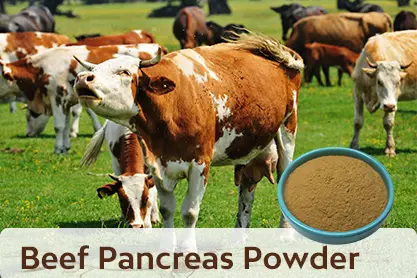
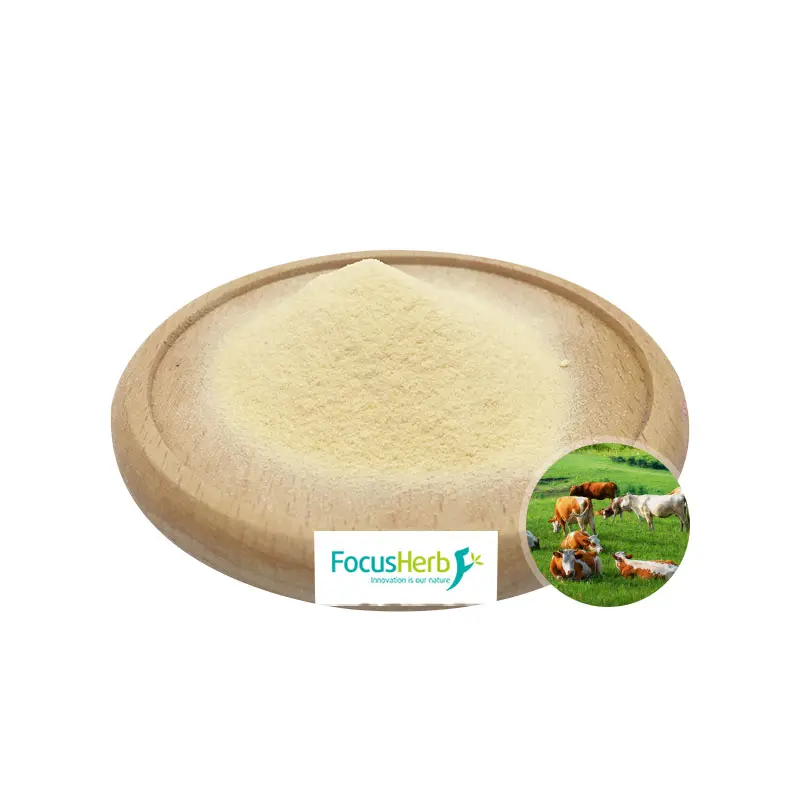
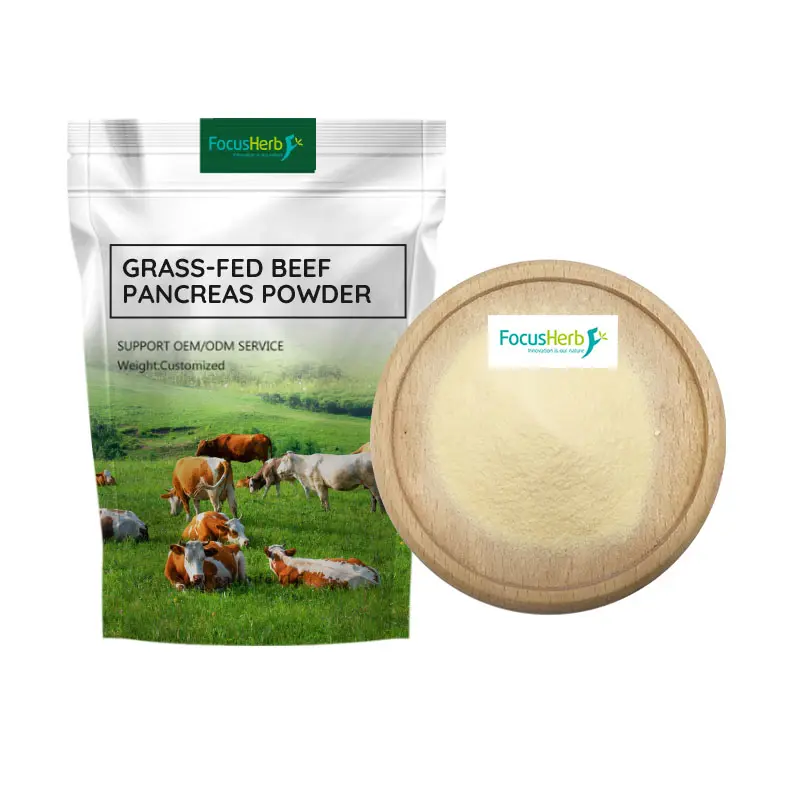


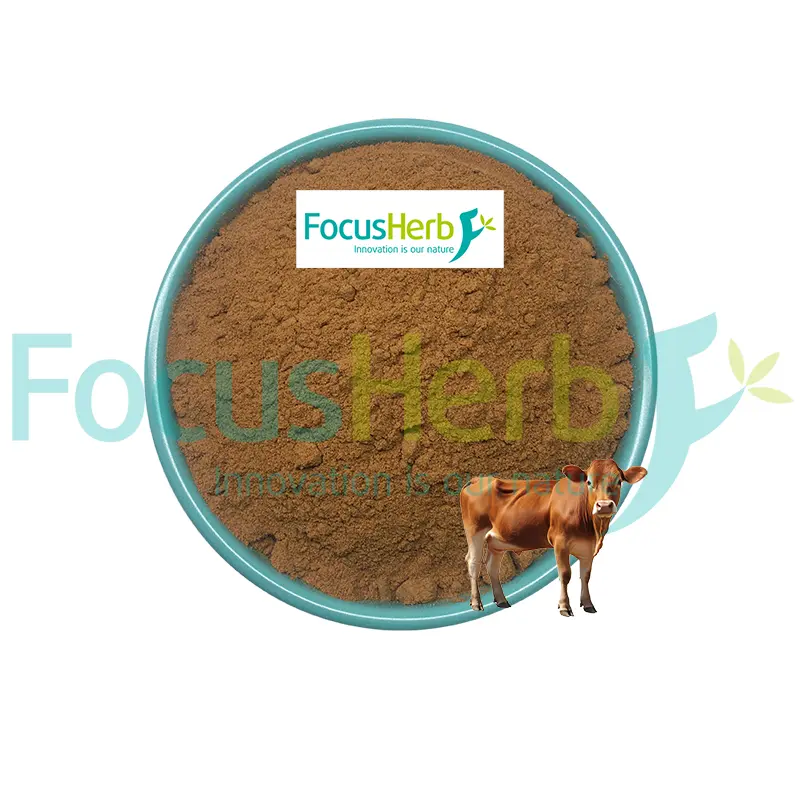
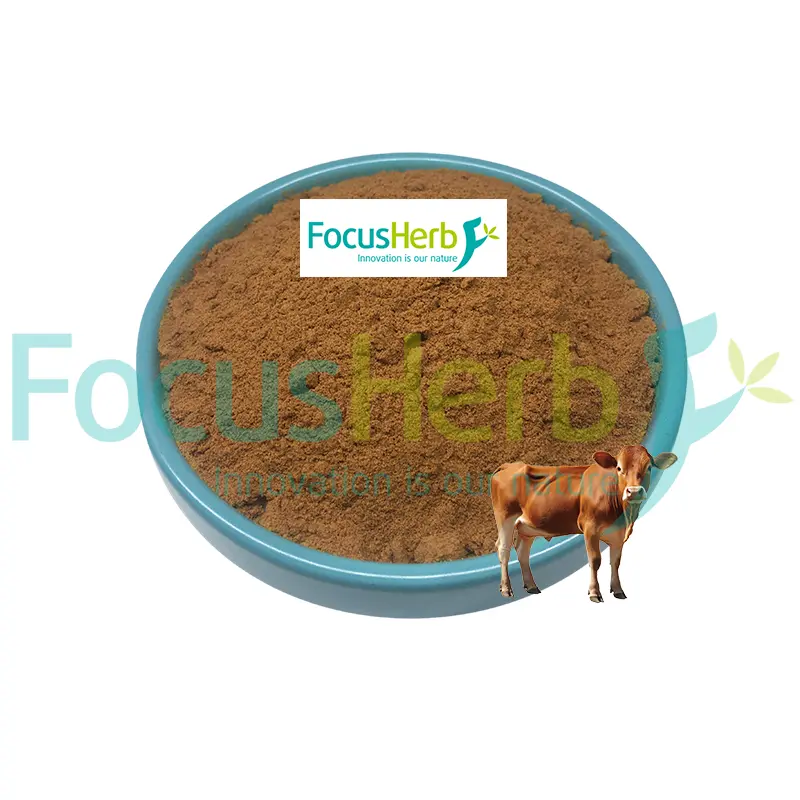
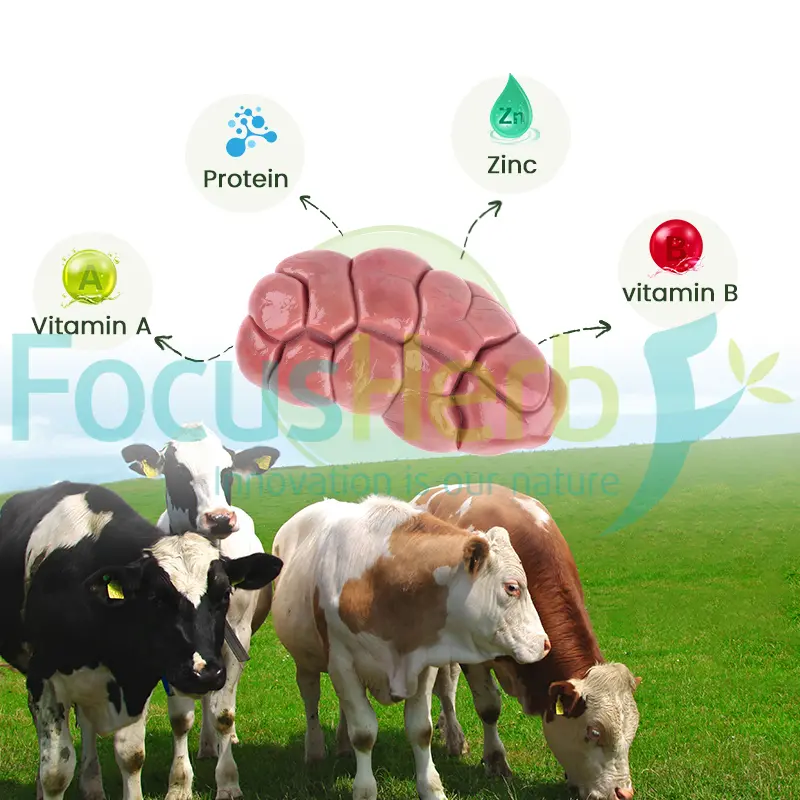


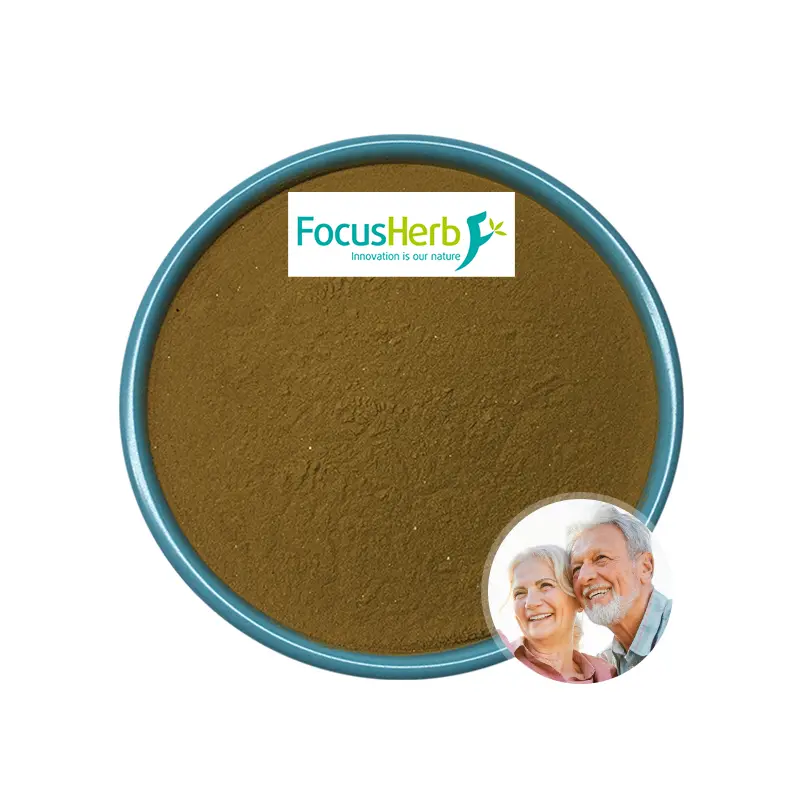
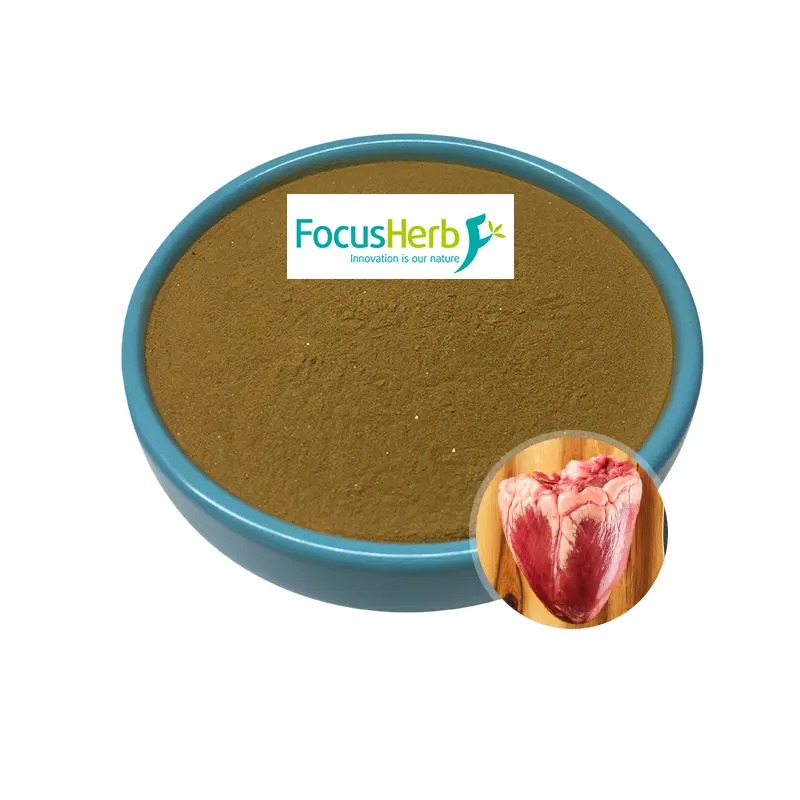

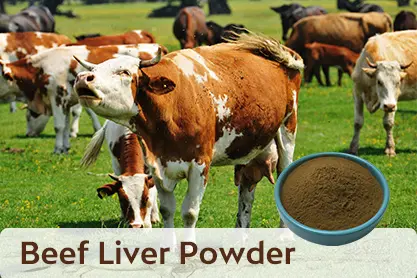
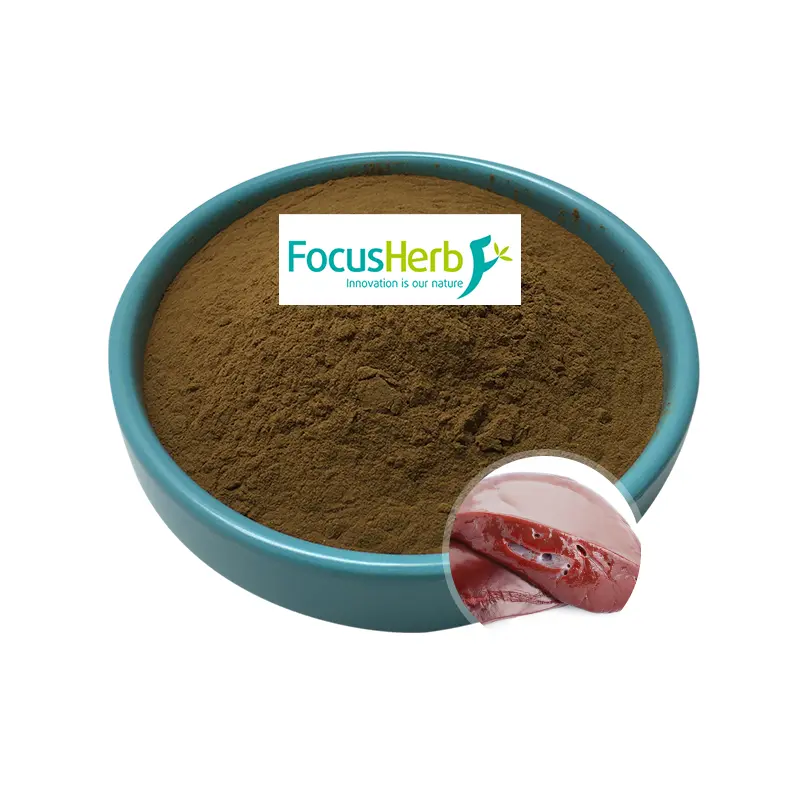
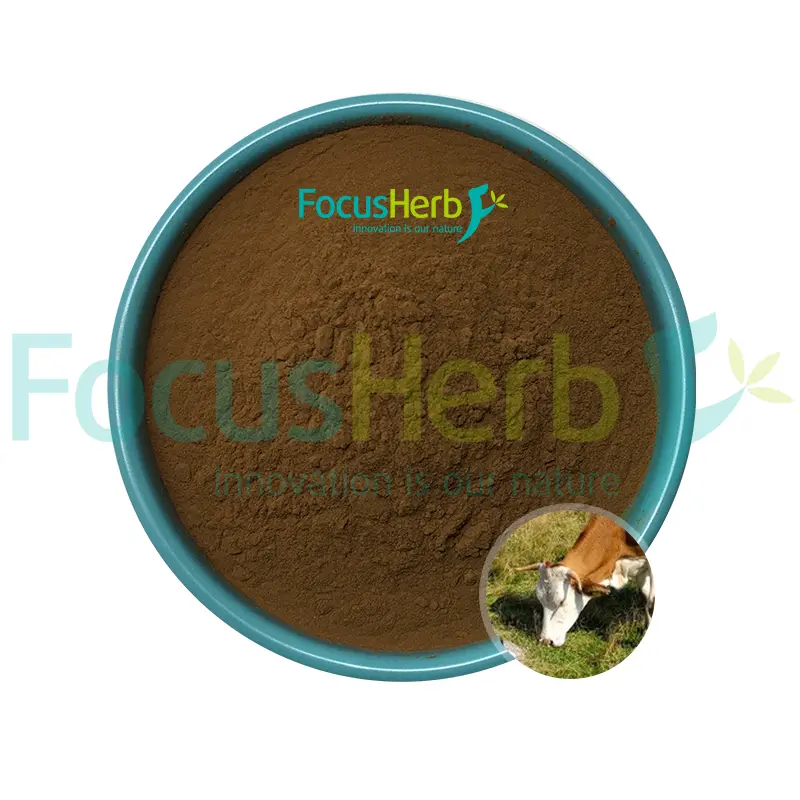
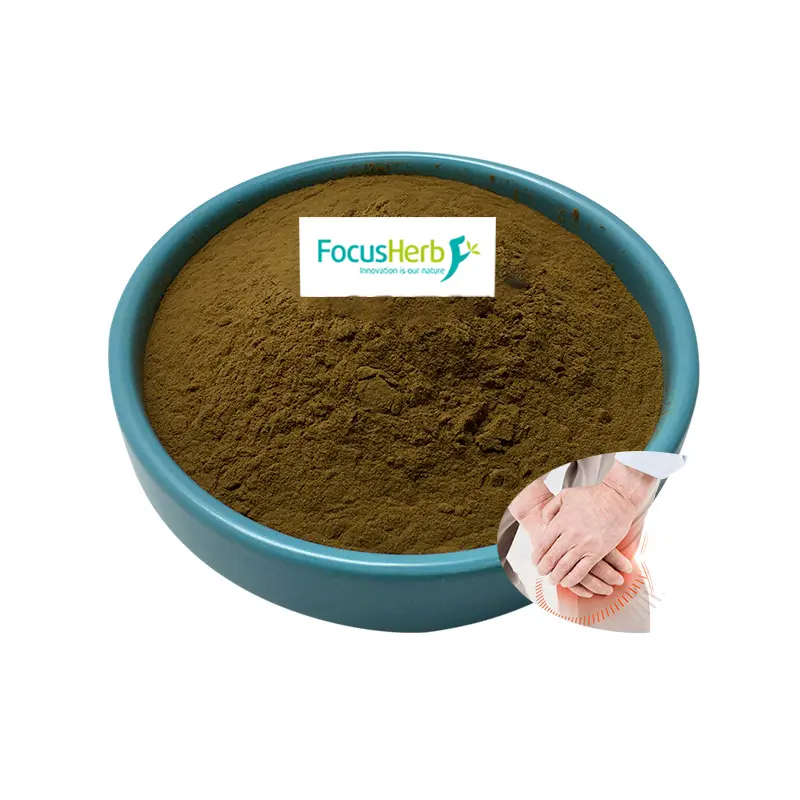
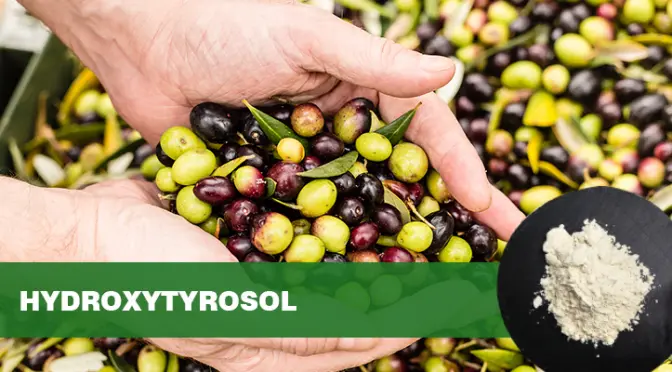
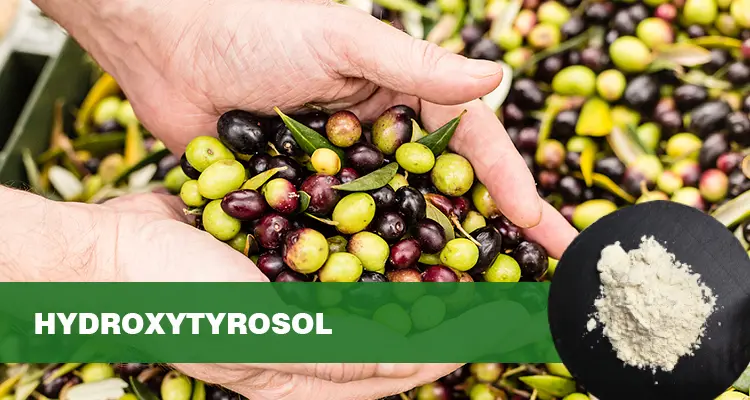 Core Antioxidant Mechanism: A Multi-Dimensional Free Radical Defense System
Core Antioxidant Mechanism: A Multi-Dimensional Free Radical Defense System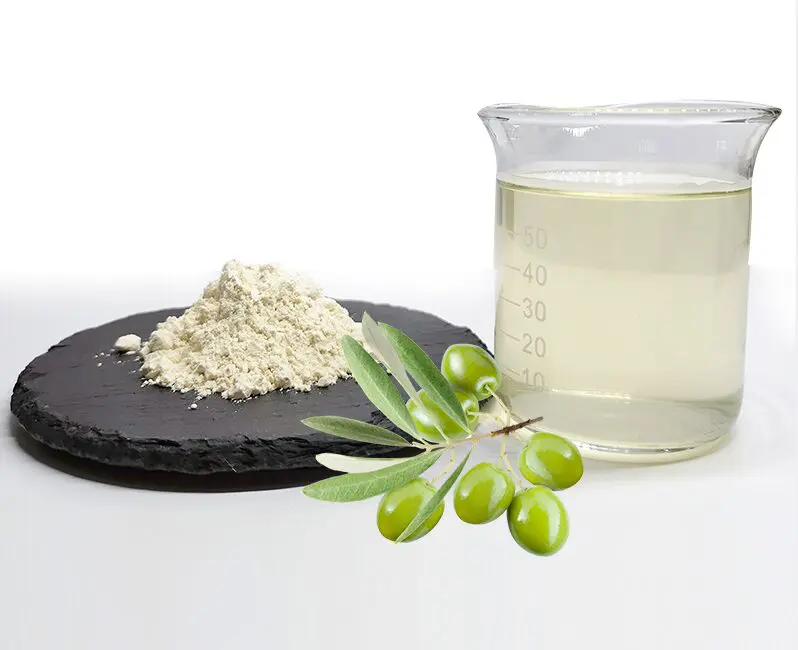
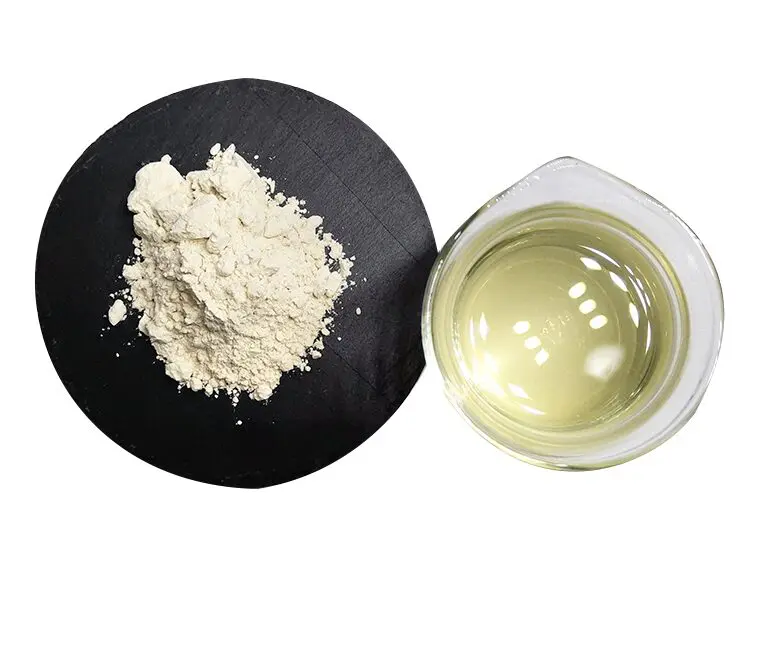
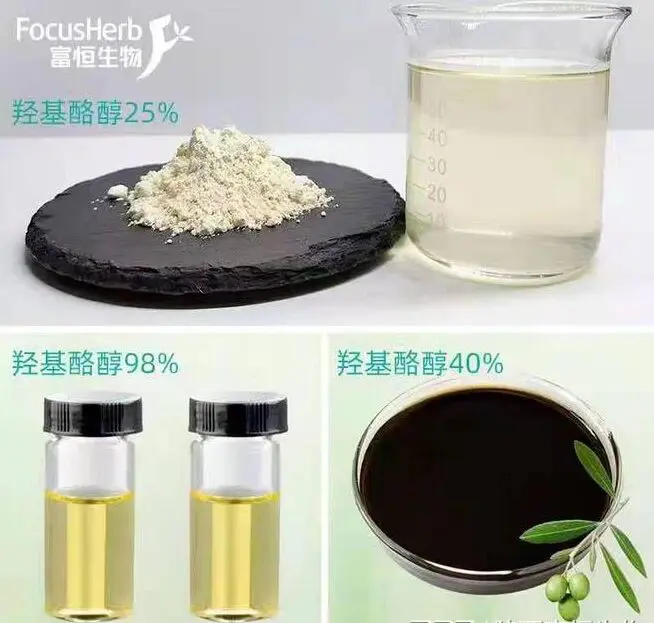

 Nervonic acid’s Multidimensional Protective Effects on the Nervous System
Nervonic acid’s Multidimensional Protective Effects on the Nervous System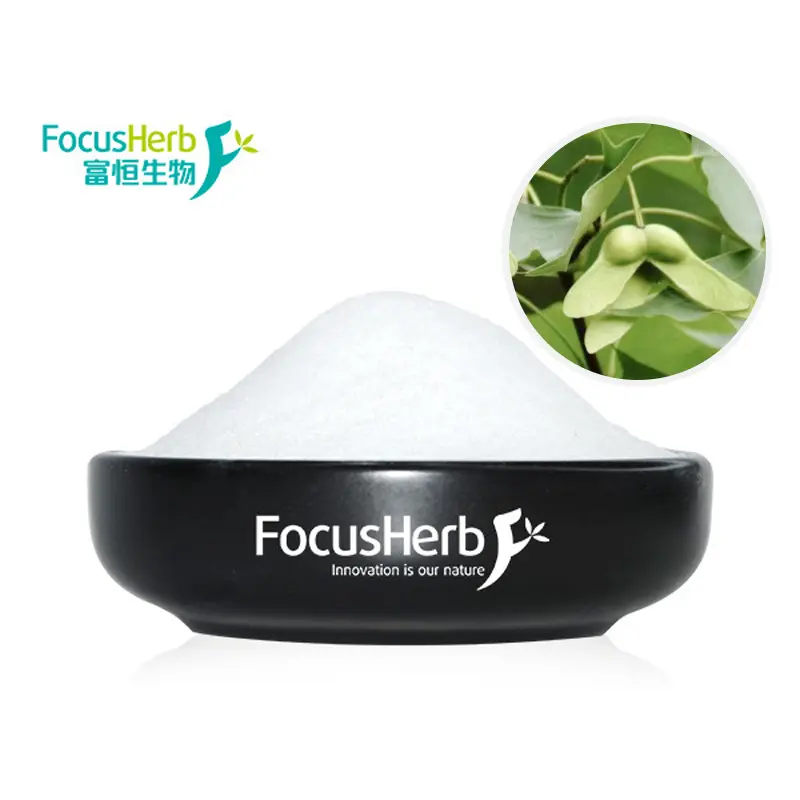
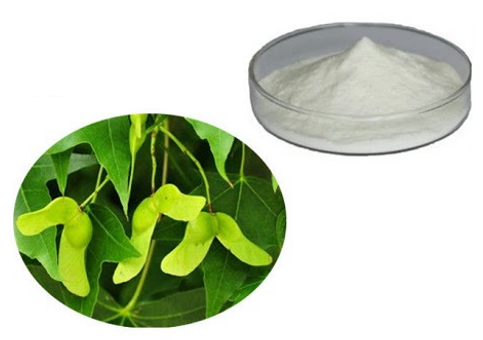
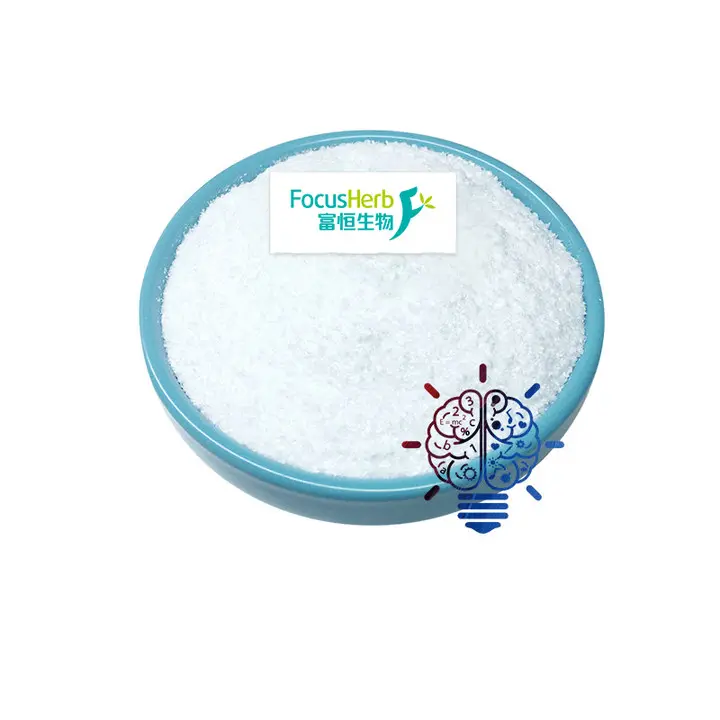

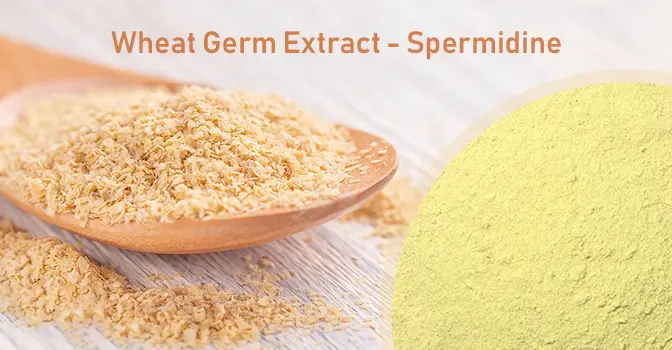
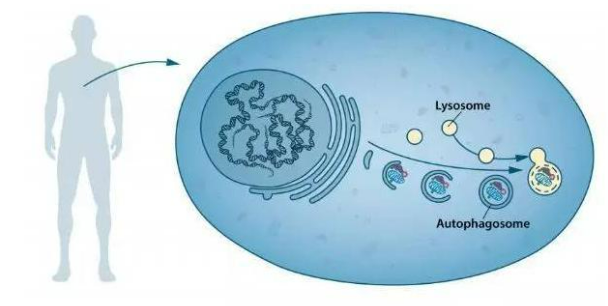
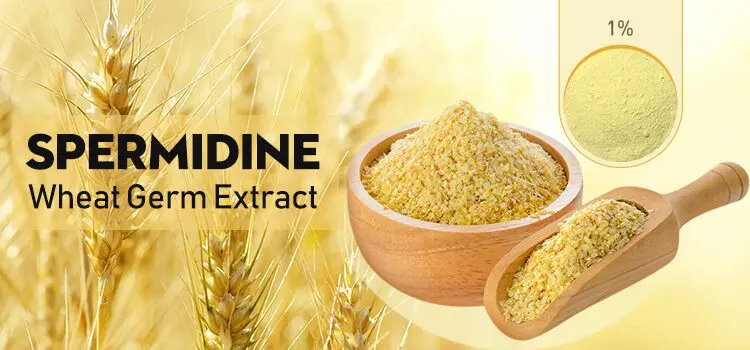 Delaying the Aging Process: The Secret to Longevity from Model Organisms to Humans
Delaying the Aging Process: The Secret to Longevity from Model Organisms to Humans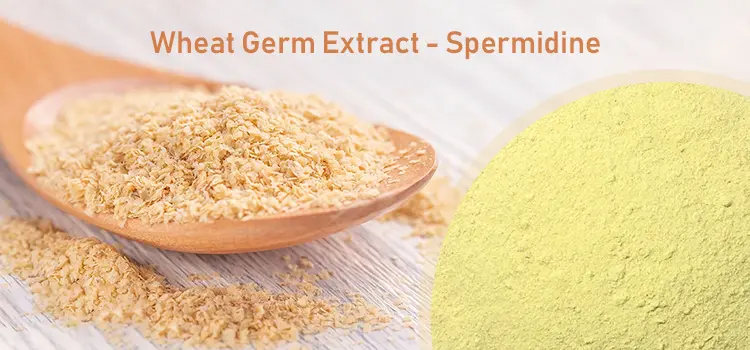
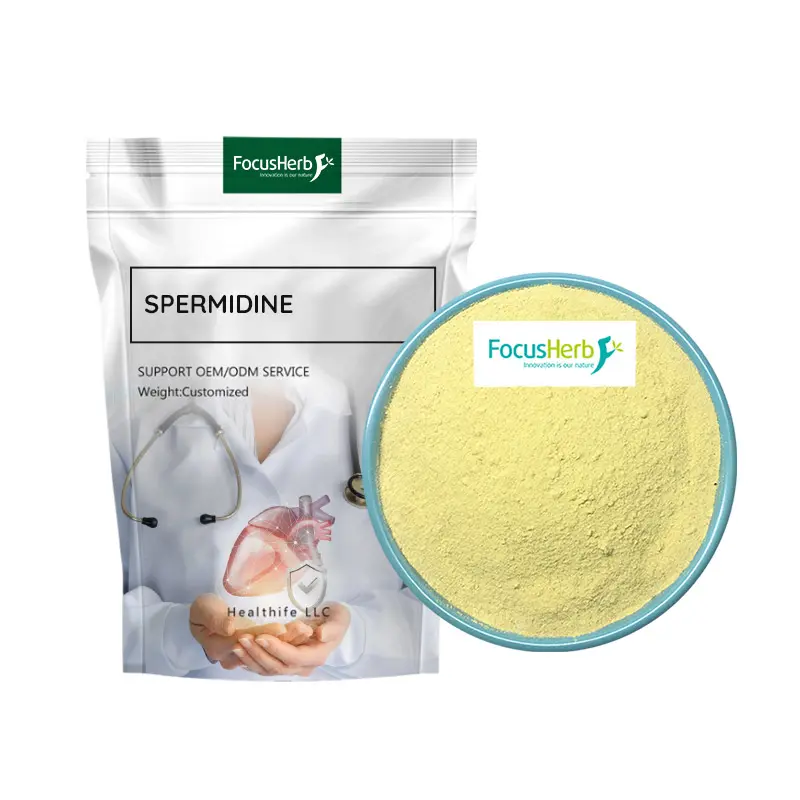
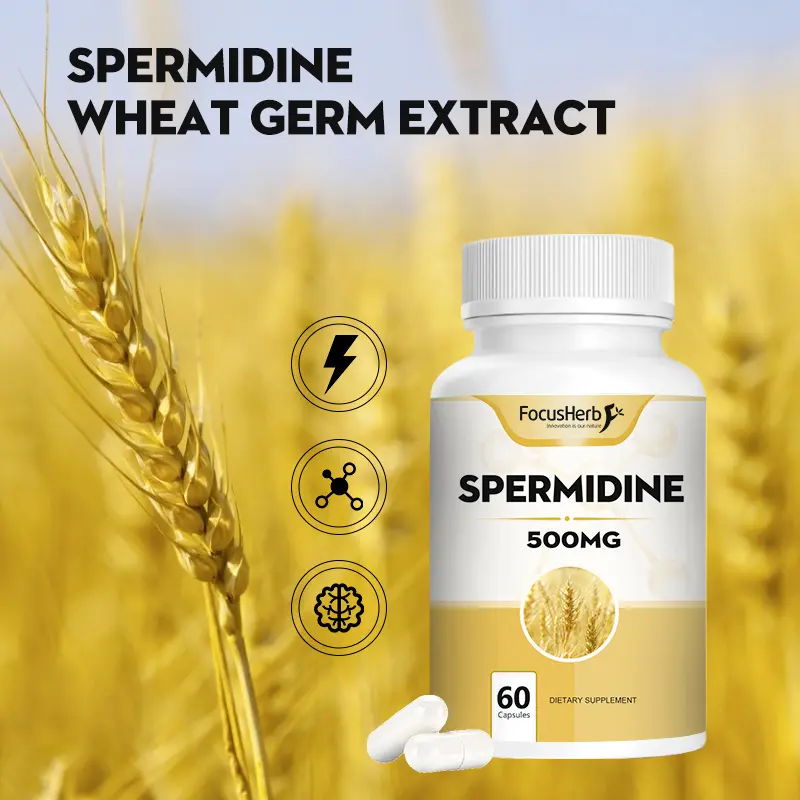
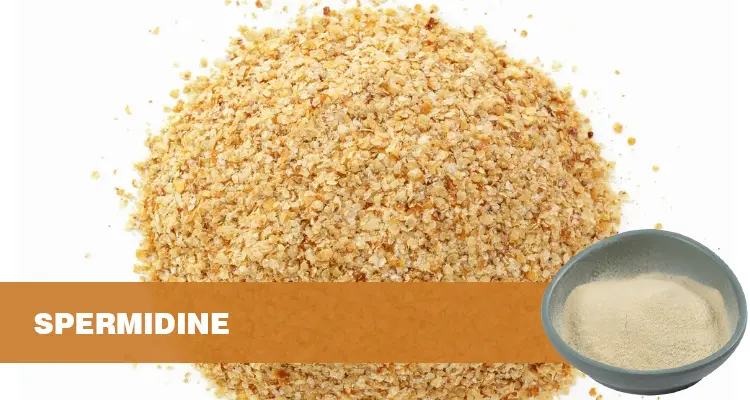
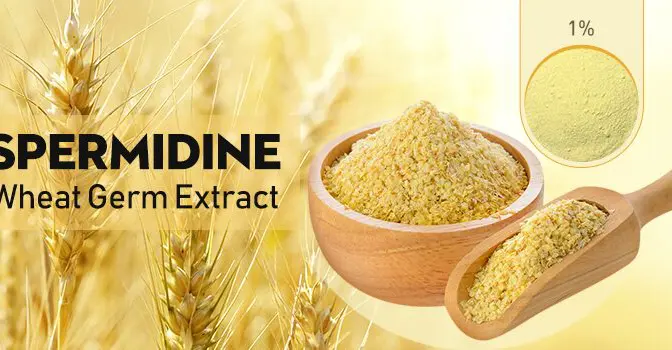
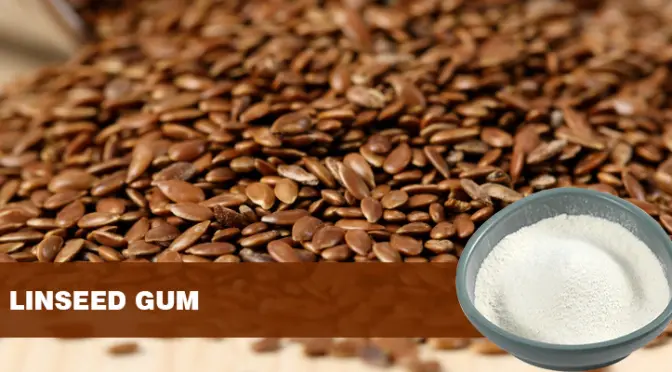
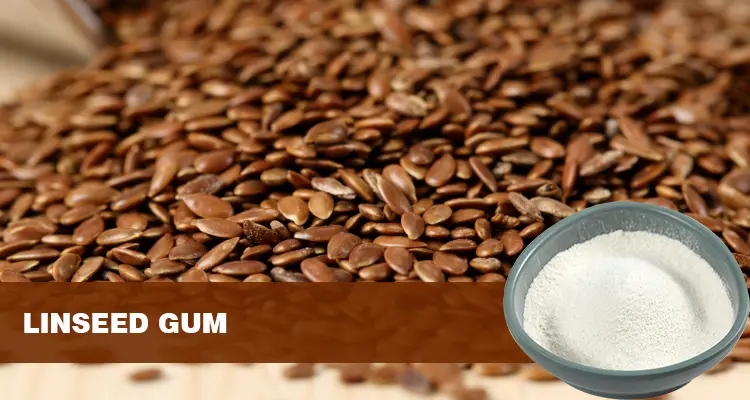
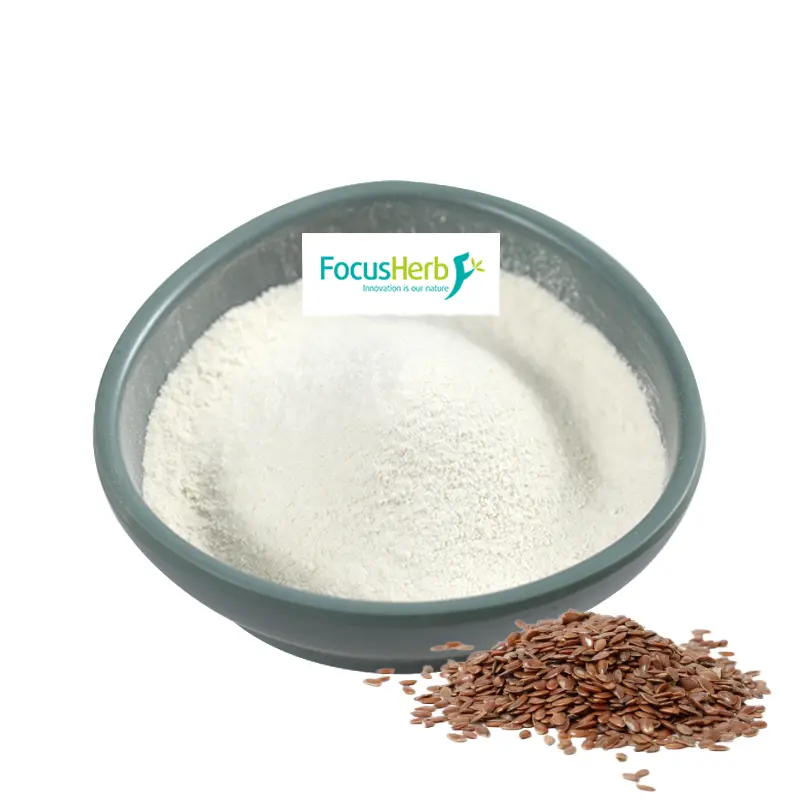
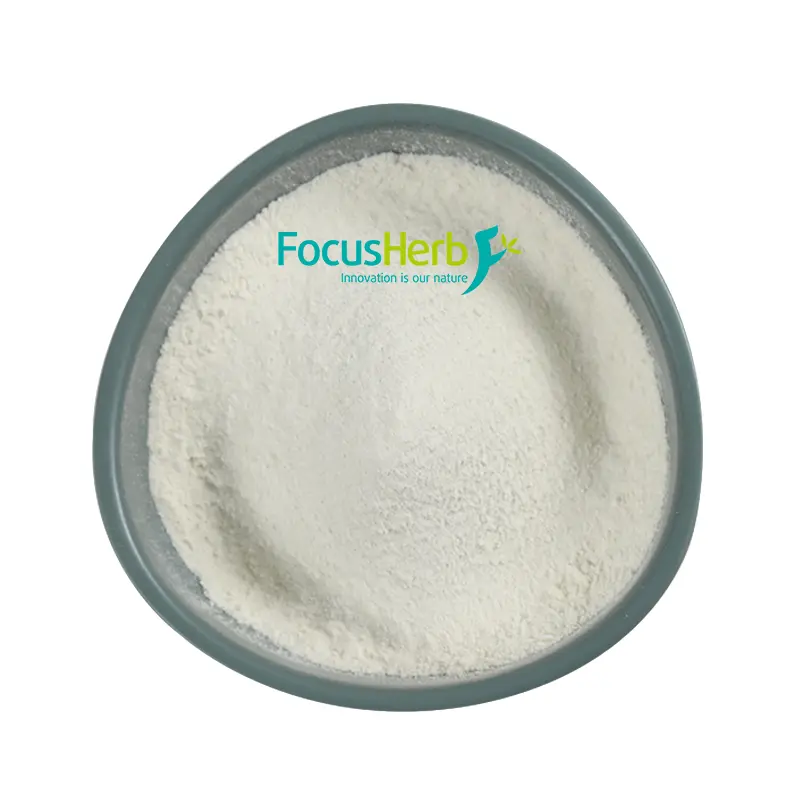
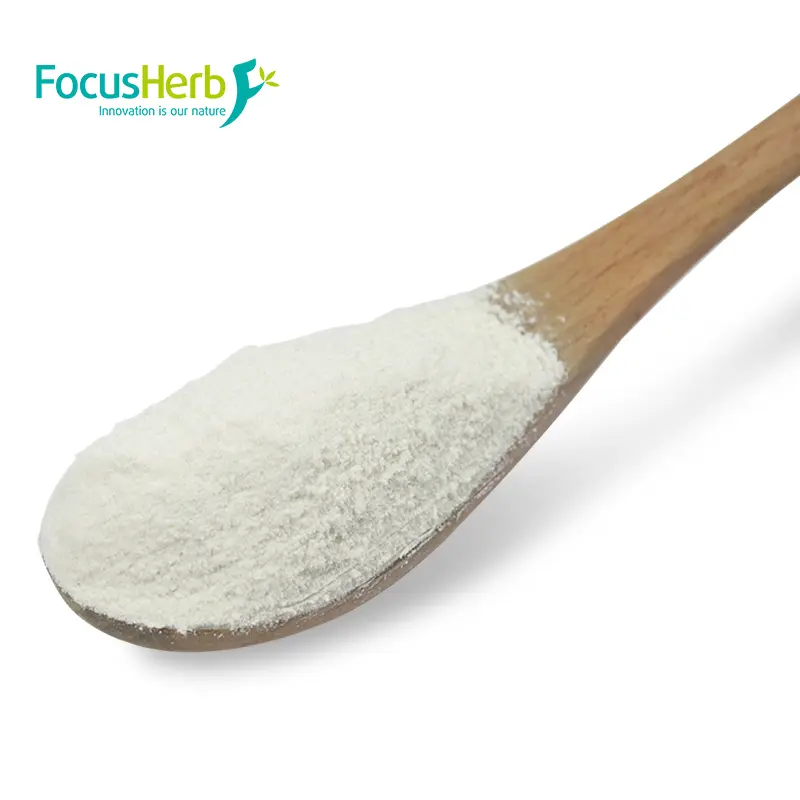
 Flaxseed gum, with its natural properties and diverse health benefits, redefines the role of dietary fiber in modern health. From regulating the intestinal microbiome to optimizing systemic metabolism, its scientific value is increasingly being explored, serving as a bridge between daily diet and targeted healthcare. Embracing the principle of “prevention is better than cure,” this natural ingredient offers a safe and effective new option for health management.
Flaxseed gum, with its natural properties and diverse health benefits, redefines the role of dietary fiber in modern health. From regulating the intestinal microbiome to optimizing systemic metabolism, its scientific value is increasingly being explored, serving as a bridge between daily diet and targeted healthcare. Embracing the principle of “prevention is better than cure,” this natural ingredient offers a safe and effective new option for health management.